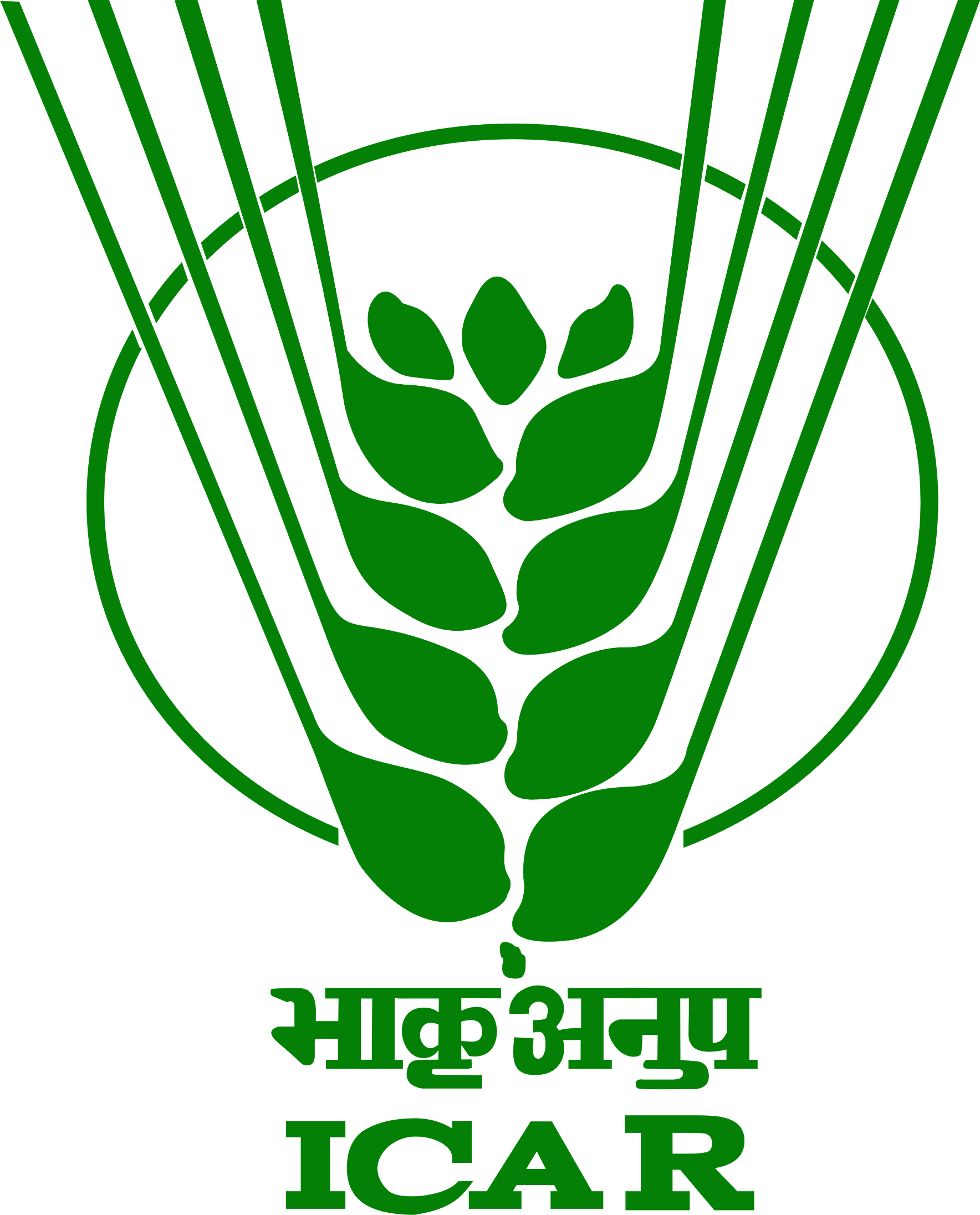- Home
- About Us
- Online Databases
- E-Books
- Newspapers
-
Business Standard
Businessline
Deccan Chronicle
Deccan Herald
Dinathanti
DNA
The Economic Times
Enadu
Financial Chronicle
Financial Express
Gujarat Samachar
Indian Express
Kannada Prabha
Manorama
Mathrabhumi
Mint
Navbharat Times
Pioneer
Prajavani
Rajasthan Patrika
The Hindu
The Statesman
The Times of India
Vijaya Karnataka
Vijaya Vani
- Rules & Regulation
Handbook of microalgal culture : applied phycology and Biotechnology /
by Richmond, Amos [editor of compilation.]; Hu, Qiang [editor of compilation.].
Publisher: UK : John Wiley & Sons, Ltd. 2013Edition: Second edition.Description: xvi, 719 pages : illustrations ; 26 cm.ISBN: 9780470673898 (hardback).Subject(s): Algae culture -- Handbooks, manuals, etc | Microalgae -- Biotechnology -- Handbooks, manuals, etc | Algology -- Handbooks, manuals, etc | TECHNOLOGY & ENGINEERING / Fisheries & AquacultureSummary: "Algae are some of the fastest growing organisms in the world, with up to 90% of their weight made up from carbohydrate, protein and oil.As well as these macromolecules, microalgae are also rich in other high-value compounds, such as vitamins, pigments, and biologically active compounds. All these compounds can be extracted for use by the cosmetics, pharmaceutical, nutraceutical, and food industries, and the algae itself can be used for feeding of livestock, in particular fish, where on-going research is dedicated to increasing the percentage of fish and shellfish feed not derived from fish meal. Microalgae are also applied to wastewater bioremediation and carbon capture from industrial flue gases, and can be used as organic fertilizer. So far only a few species of microalgae, including cyanobacteria, are under mass cultivation. The potential for expansion is enormous, considering the existing hundreds of thousands of species and subspecies, in which a large gene-pool offers a significant potential for many new producers. The second edition of this extremely important book contains 37 chapters. Nineteen of these chapters are written by new authors. There are 11 new chapters covering important new aspects including novel photobioreactors, techno-economic analysis of algal mass culture, outdoor mass cultivation of oil-bearing microalgae, and the biology and large scale culture of several newly exploited species including Chlorella, Spirulina and Dunaniella.This book is intended for Aquaculture engineers, phycologists, pharmaceutical, biofuel and fish feed industry and aquaculture personnel. "--Summary: "Completely revised, updated and enlarged edition of the standard book on the subject, containing information of huge commercial importance for the world's biofuel, pharmaceutical and aquaculture industries"--| Item type | Location | Call number | Status | Date due | Barcode |
|---|---|---|---|---|---|
 Books Books |
CIFRI LIBRARY
|
579.8 (Browse shelf) | Checked out | 26/05/2024 | 12678 |
Includes bibliographical references and index.
"Algae are some of the fastest growing organisms in the world, with up to 90% of their weight made up from carbohydrate, protein and oil.As well as these macromolecules, microalgae are also rich in other high-value compounds, such as vitamins, pigments, and biologically active compounds. All these compounds can be extracted for use by the cosmetics, pharmaceutical, nutraceutical, and food industries, and the algae itself can be used for feeding of livestock, in particular fish, where on-going research is dedicated to increasing the percentage of fish and shellfish feed not derived from fish meal. Microalgae are also applied to wastewater bioremediation and carbon capture from industrial flue gases, and can be used as organic fertilizer. So far only a few species of microalgae, including cyanobacteria, are under mass cultivation. The potential for expansion is enormous, considering the existing hundreds of thousands of species and subspecies, in which a large gene-pool offers a significant potential for many new producers. The second edition of this extremely important book contains 37 chapters. Nineteen of these chapters are written by new authors. There are 11 new chapters covering important new aspects including novel photobioreactors, techno-economic analysis of algal mass culture, outdoor mass cultivation of oil-bearing microalgae, and the biology and large scale culture of several newly exploited species including Chlorella, Spirulina and Dunaniella.This book is intended for Aquaculture engineers, phycologists, pharmaceutical, biofuel and fish feed industry and aquaculture personnel. "--
"Completely revised, updated and enlarged edition of the standard book on the subject, containing information of huge commercial importance for the world's biofuel, pharmaceutical and aquaculture industries"--


